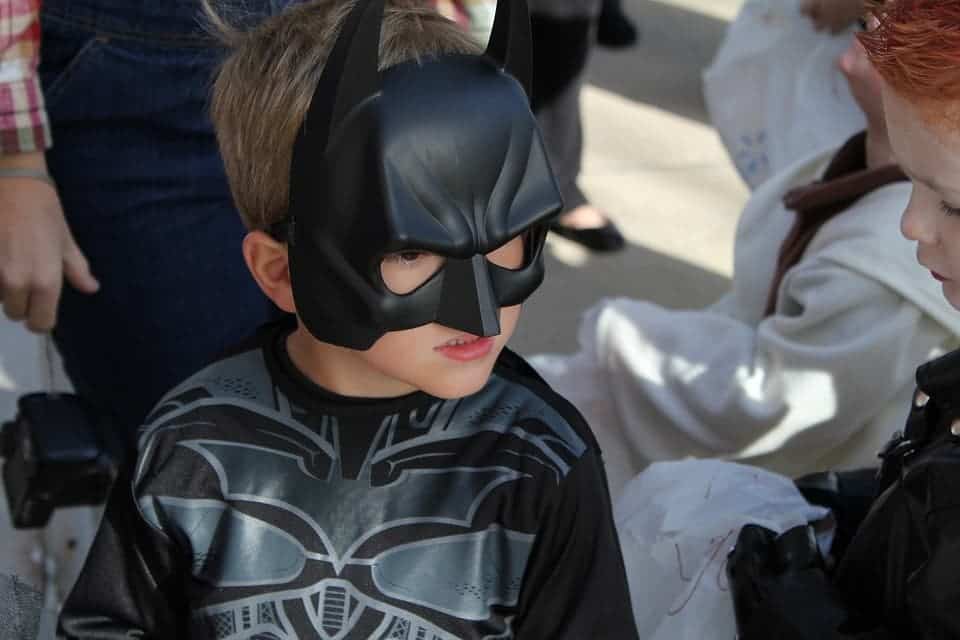Halloween is one of our favorite celebrations because it’s a time to get together with family and friends, celebrate the fall season, and have lots of fun getting costumed and going trick or treating. But as people get dressed up in costumes and go door-to-door asking for treats, it’s more important than ever to keep an eye out for cars.

As October draws to an end and Halloween kicks in, millions of American kids walk door to door in their neighborhoods to collect candy — and they’re not alone. Teens and adults alike dress up and hit the streets too, each with their own version of ‘trick or treat’. The holiday is picking up steam in other places as well, and overall, Halloween is becoming more and more popular.
But while Halloween is a great opportunity to have fun and form stronger bonds with your community, it can also be a dangerous time of the year. A new study analyzed four decades’ worth of fatal traffic crashes and found more people are killed by cars on Halloween than on any other regular evening.
Beware of cars
Researchers at the University of British Columbia, Canada, combed through data from the National Highway Traffic Safety Administration’s Fatality Analysis Reporting System. Over a 42-year study interval, 1,580,608 fatal traffic crashes were recorded, involving 2,333,302 drivers and 268,468 pedestrians.
A total of 608 pedestrian fatalities occurred on the 42 Halloween evenings, whereas 851 pedestrian fatalities occurred on the 84 control evenings, the researchers reported in the journal JAMA Pediatrics. This means that “the relative risk of a pedestrian fatality was 43% higher on Halloween compared with control evening.” The most vulnerable group was children aged 4 to 8, who had a tenfold risk of fatality from a car crash.
“Halloween traffic fatalities are a tragic annual reminder of routine gaps in traffic safety. On Halloween and throughout the year, most childhood pedestrian deaths occur within residential neighborhoods. Such events highlight deficiencies of the built environment (eg, lack of sidewalks, unsafe street crossings), shortcomings in public policy (eg, insufficient space for play), and failures in traffic control (eg, excessive speed),” the authors noted in their study.
So what should we do? The authors call for measures such as traffic calming and automated speed enforcement in residential neighborhoods in order to make streets safer for kids to cross. Other important measures that might prevent child pedestrian fatalities include improving pedestrian visibility by limiting on-street parking and incorporating reflective patches onto clothing.
The researchers argue that this isn’t about one night anymore. All of these measures will help curb pedestrian fatalities year-round.
“Halloween trick-or-treating encourages creativity, physical activity, and neighborhood engagement. Trick-or-treating should not be abolished in a misguided effort to eliminate Halloween-associated risk. Instead, policymakers, physicians, and parents should act to make residential streets safer for pedestrians on Halloween and throughout the year,” the researchers concluded.
Ultimately, the most important thing is to keep an eye out for moving cars — and if you’re driving, pay extra attention and be very aware that people may be on the street more than usual.


